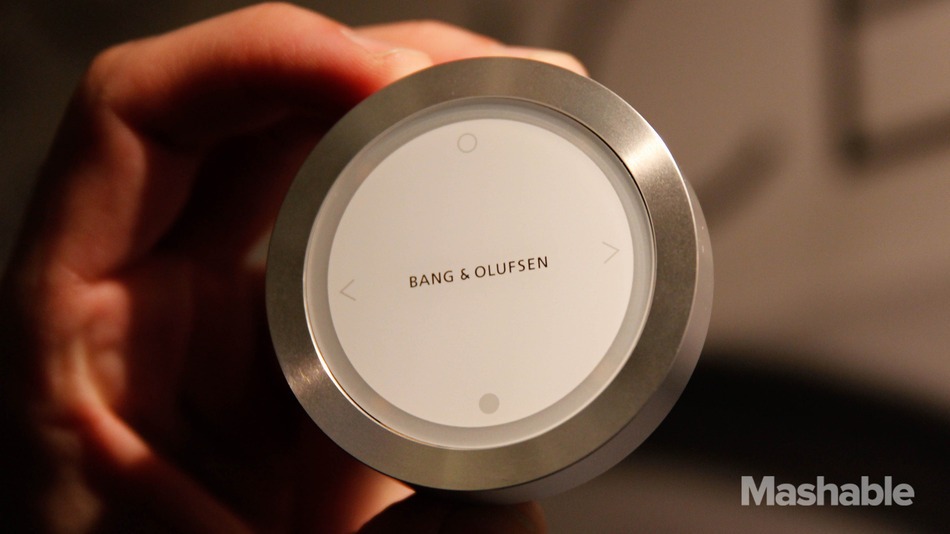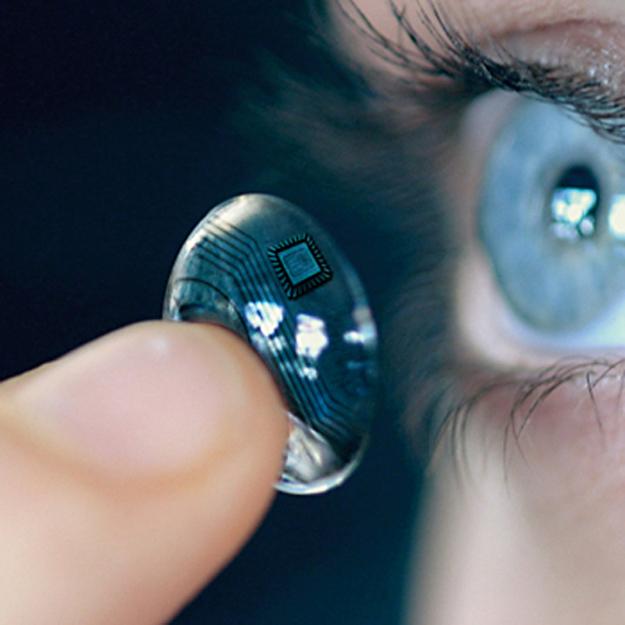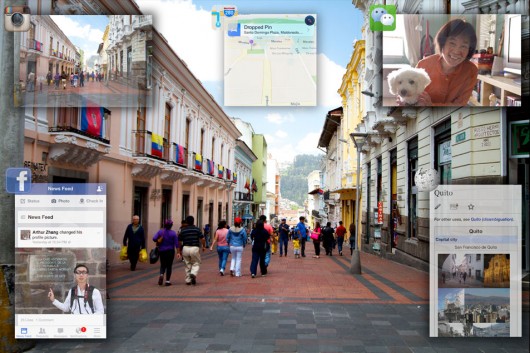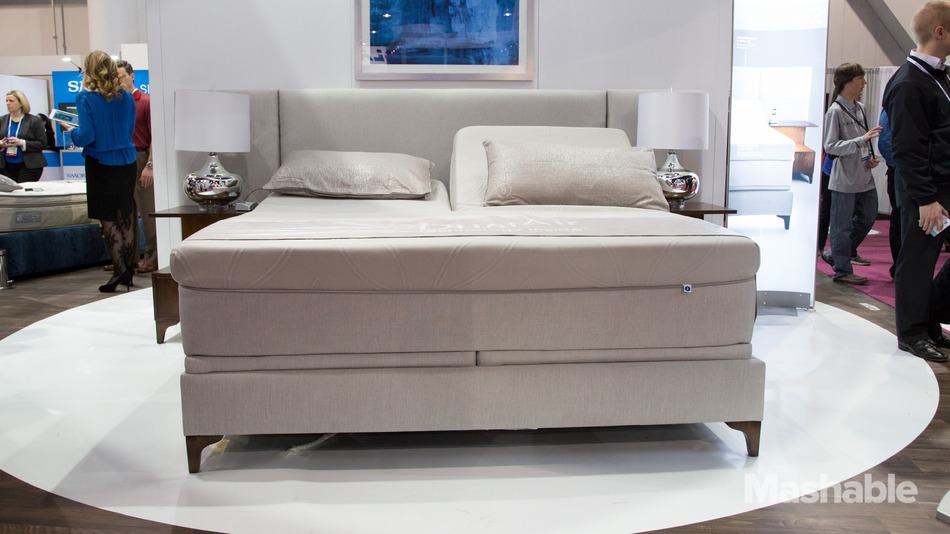Next up at CES and in your smart house: blast your music with a simple tap. It’s an elegant little dial on the wall, kind of like the Nest thermostat we reviewed a while back. It’s linked with almost anything you want it to be, such as your Spotify and Apple accounts, and they call it the Bang & Olufsen BeoSound Essence.
You might be thinking “All that is great, but what’s the big deal?” Well, the big deal is this little circle doodad links via low-energy RF to the central control box which in turn links to your music source using a wi-fi connection. The whole setup is attached to speakers via proprietary Bang & Olufsen RJ-45 jacks (limiting you to only Bang & Olufsen speakers, but if you’re already dropping the $995 for the Essence, you’ll probably have the liquid assets to back that up).
The Essence uses your phone as a source, but the objective is to have you pull out your phone less and less, turning on the music the same way you’d turn on a light.
What Sparks Our Fire: Another smart elegant, kind of prohibitively expensive product from CES, but it’s a sign of where technology is headed.
Do you think listening to music needs this kind of upgrade?






